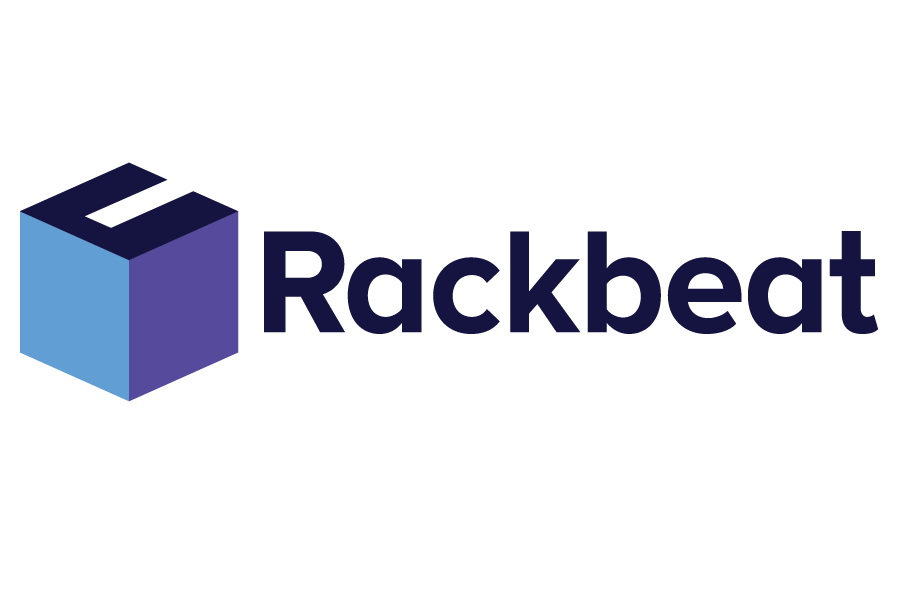ABC Classification (Profitability)
ABC classification (profitability) is a method used to categorize your products into three groups – A, B, and C – based on how much each product contributes to your company’s overall profit. It’s an effective way to gain insight into which products create the most value, so you can make smarter decisions when it comes to inventory management, purchasing, and sales efforts.
Rackbeat October 17, 2025
What do A, B, and C mean?
A-products
These are your top performers. They often make up a small portion of your total inventory (e.g., 10–20% of all items), but account for a large share of your profit (typically 70–80%). These products require ongoing attention and optimization, as they are the most important to your business – particularly in terms of inventory management, purchasing management, and order management.
B-products
This is your middle group. These items tend to strike a balance between volume and profit – for example, 30% of items might generate 15–25% of your earnings. With the right efforts, such as targeted marketing, pricing adjustments or more efficient order handling, B-products may have the potential to move into the A-category.
C-products
These products often take up the most space in your inventory (50–60% of the assortment) but contribute very little to your earnings (5–10%). It’s important to evaluate whether it even makes sense to keep them in stock – or whether they should be sold off or phased out entirely. By linking this insight to your purchasing strategy, you avoid tying up capital in products that don’t add value.
Why Use ABC Classification Based on Profitability?
By using ABC classification with a focus on profitability – rather than just revenue – you gain a more accurate understanding of which products are actually profitable for your business. A product might sell well, but if its profit margin is low, it may not be worth keeping in stock.
The method helps you to:
Identify which products drive your business
Improve purchasing decisions and avoid unnecessary stock
Strengthen your inventory management by focusing on profitable items
Enhance order handling with better planning and prioritization
Example of ABC classification (profitability)
Imagine you’re selling 100 different products:
15 of them account for 75% of your total profit → A-products
30 of them account for 20% of your profit → B-products
55 of them contribute just 5% of your profit → C-products
It makes clear sense to concentrate your efforts on the A-products, explore optimization opportunities for the B-products, and carefully evaluate whether the C-products should remain in your assortment. By integrating this insight into your inventory and purchasing management, you can continuously reduce waste and maximize return.
ABC Classification and Rackbeat
At Rackbeat, we make it easy to gain insights into which products perform best – and how you can prioritize your inventory accordingly. With Rackbeat’s intuitive reporting, inventory management, and order handling tools, you can quickly extract the data that shows your most profitable products and support an efficient ABC classification.
You can, for instance, link sales data, contribution margin, and stock movements to get the full picture of which products create real value – and which ones are just taking up space. This makes your inventory, purchasing, and order management more targeted and profitable.
Get More Tips on Smarter Inventory Management
Want more advice on how to optimize your inventory, purchasing, and order management?
Sign up for Rackbeat’s newsletter and receive regular tips, guides, and updates straight to your inbox – so you’re always up to date on the best ways to get more out of your warehouse.
Related Concepts (already in the dictionary)


